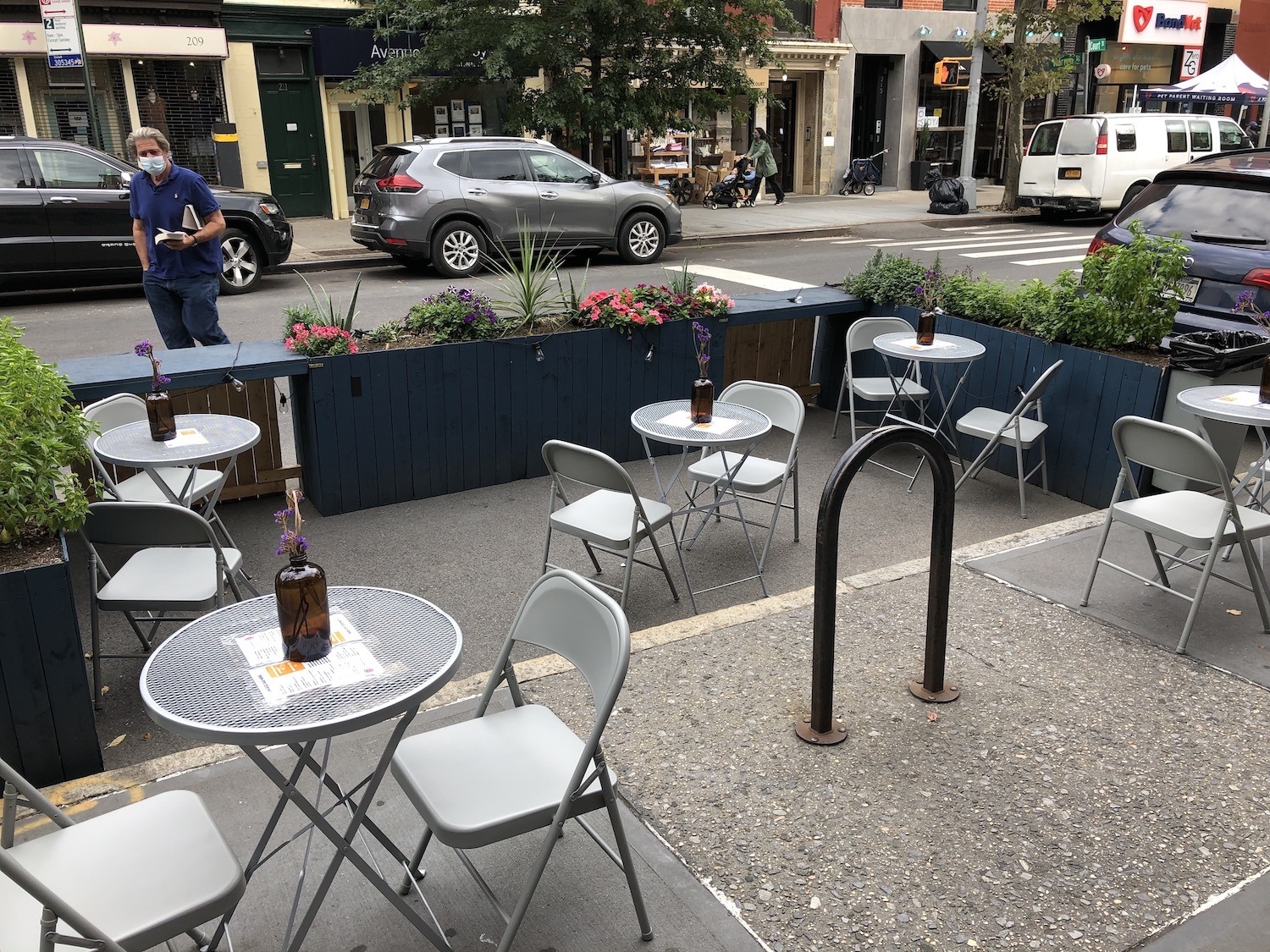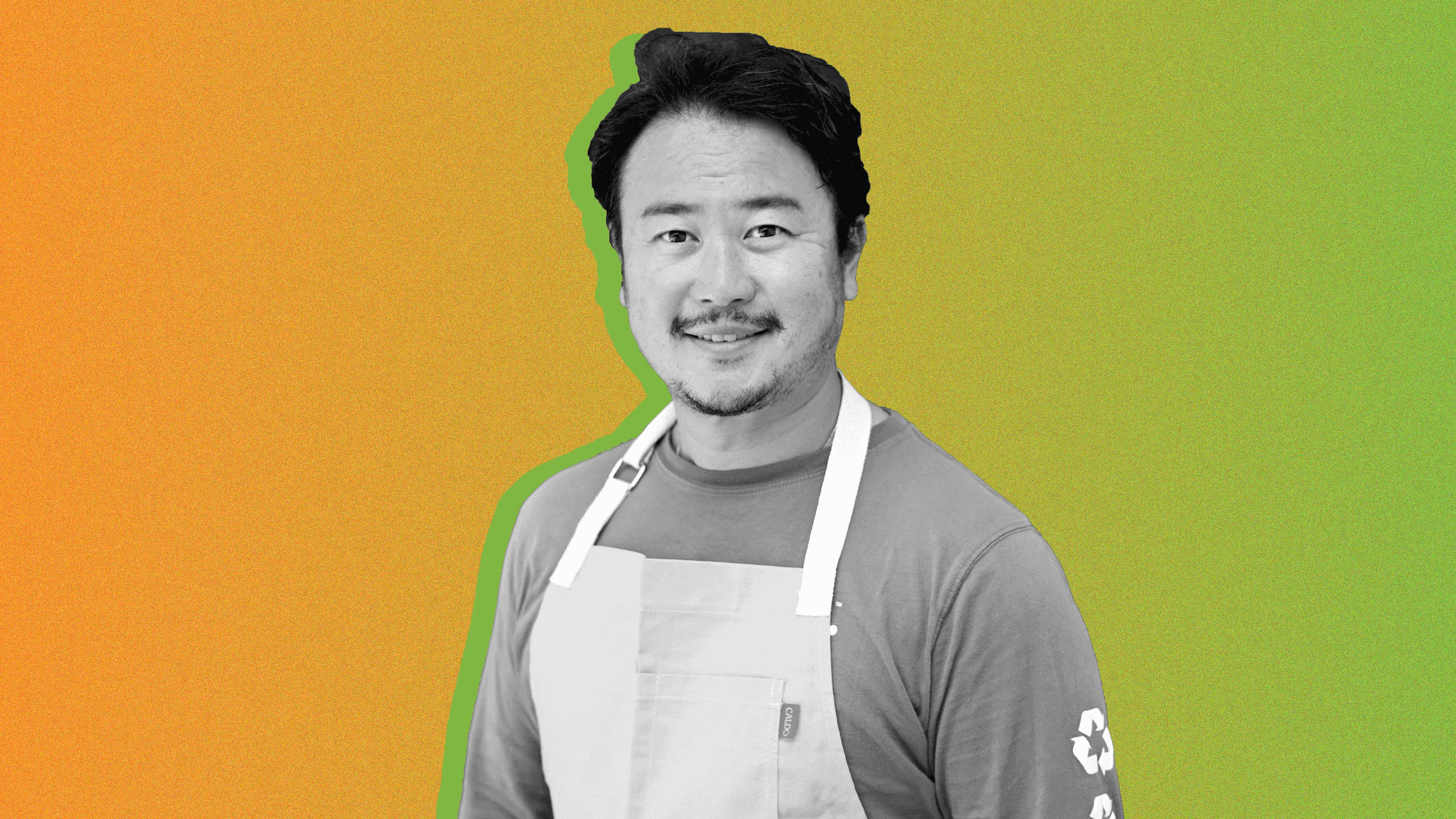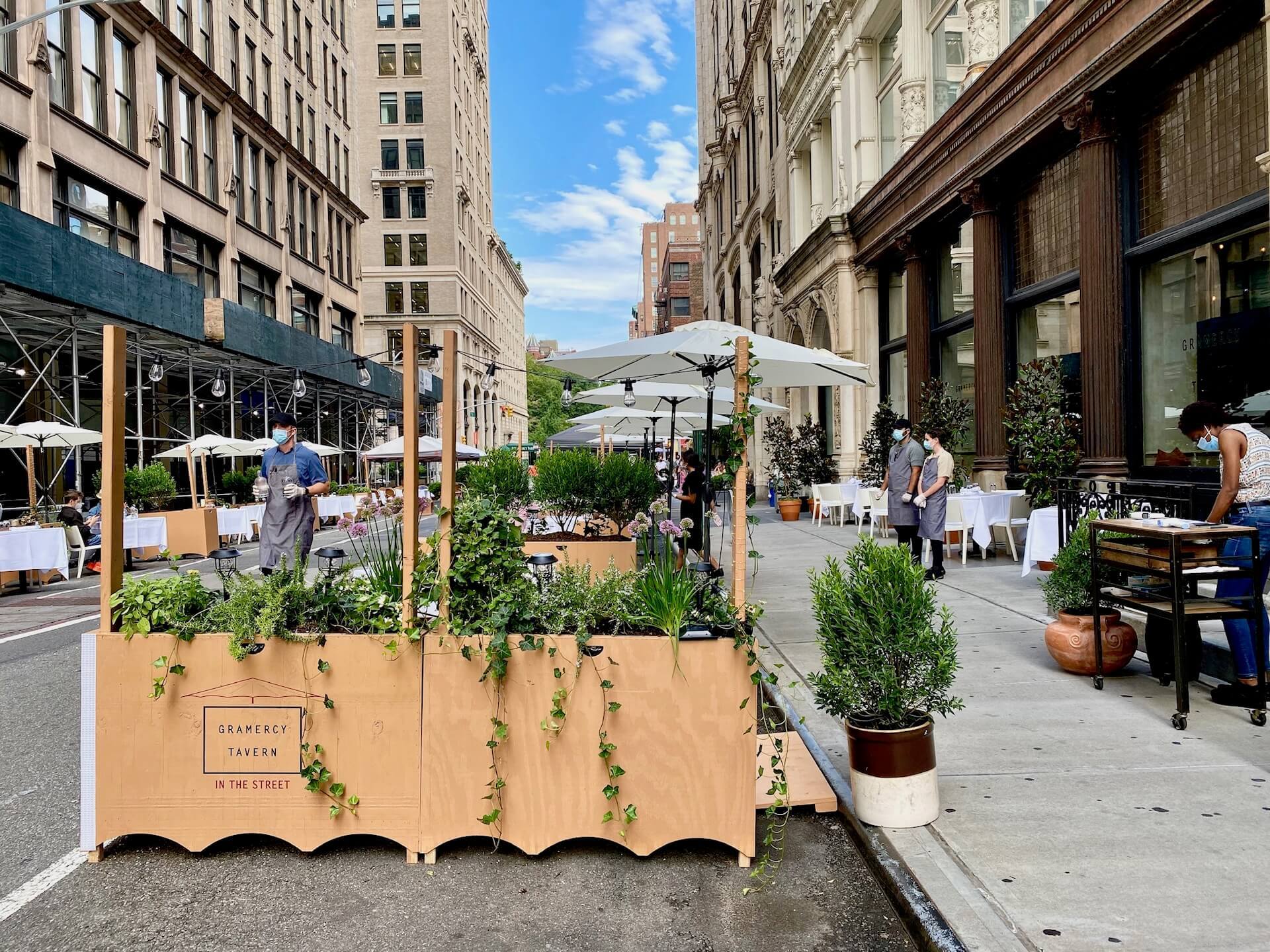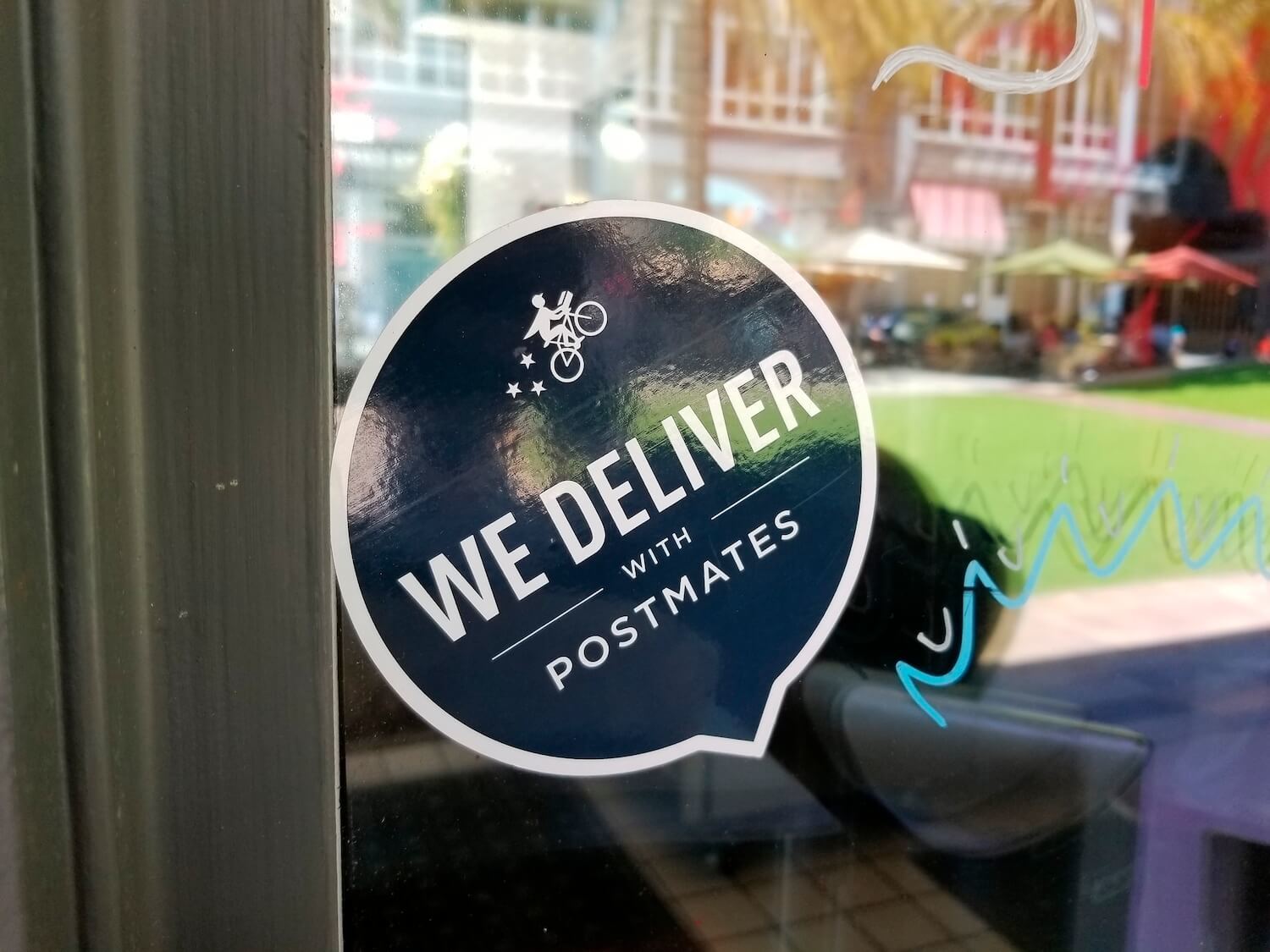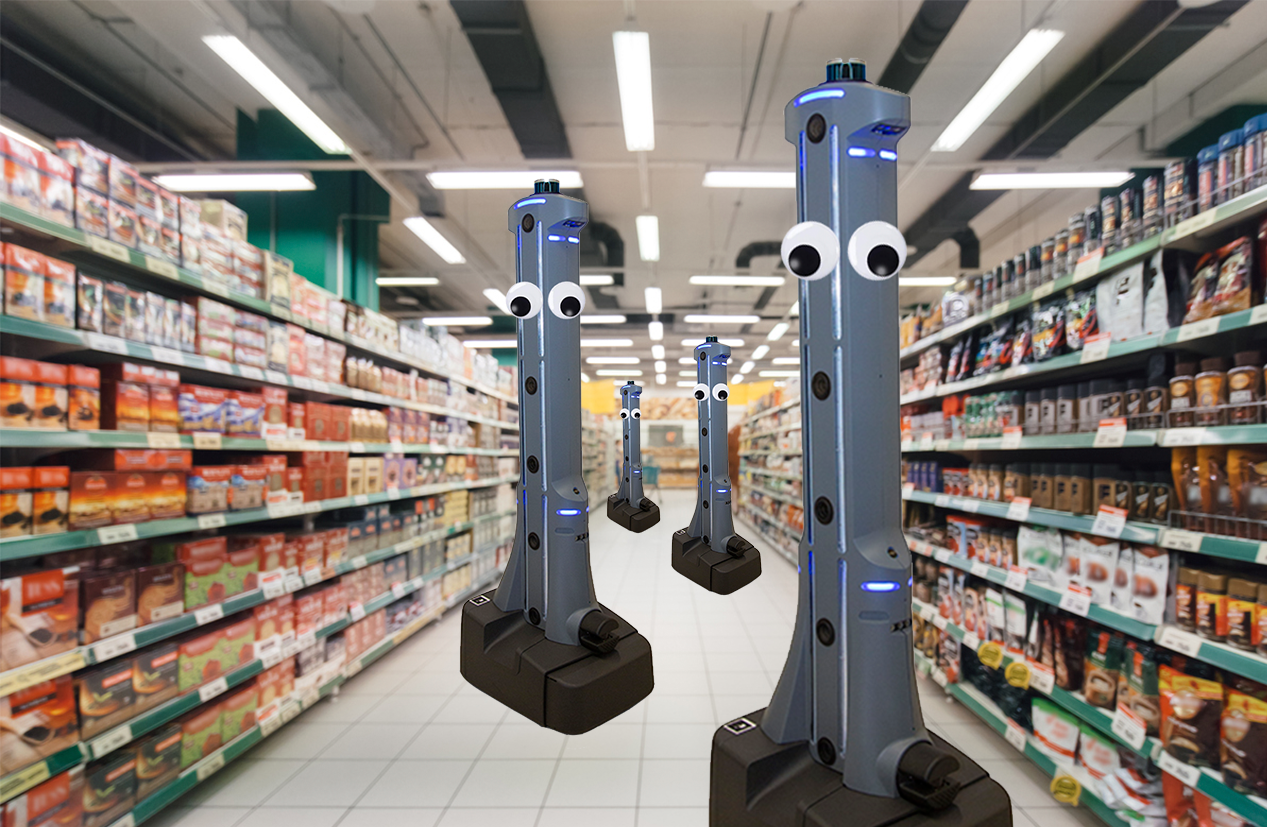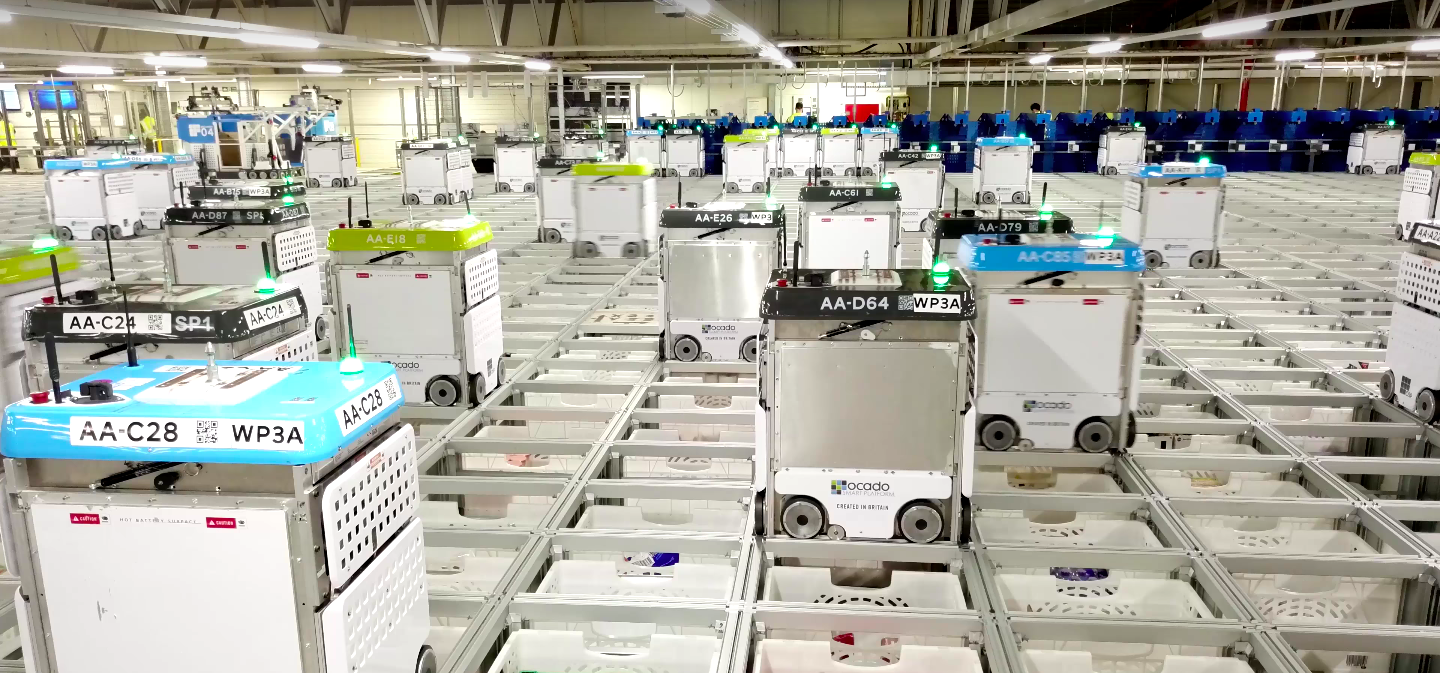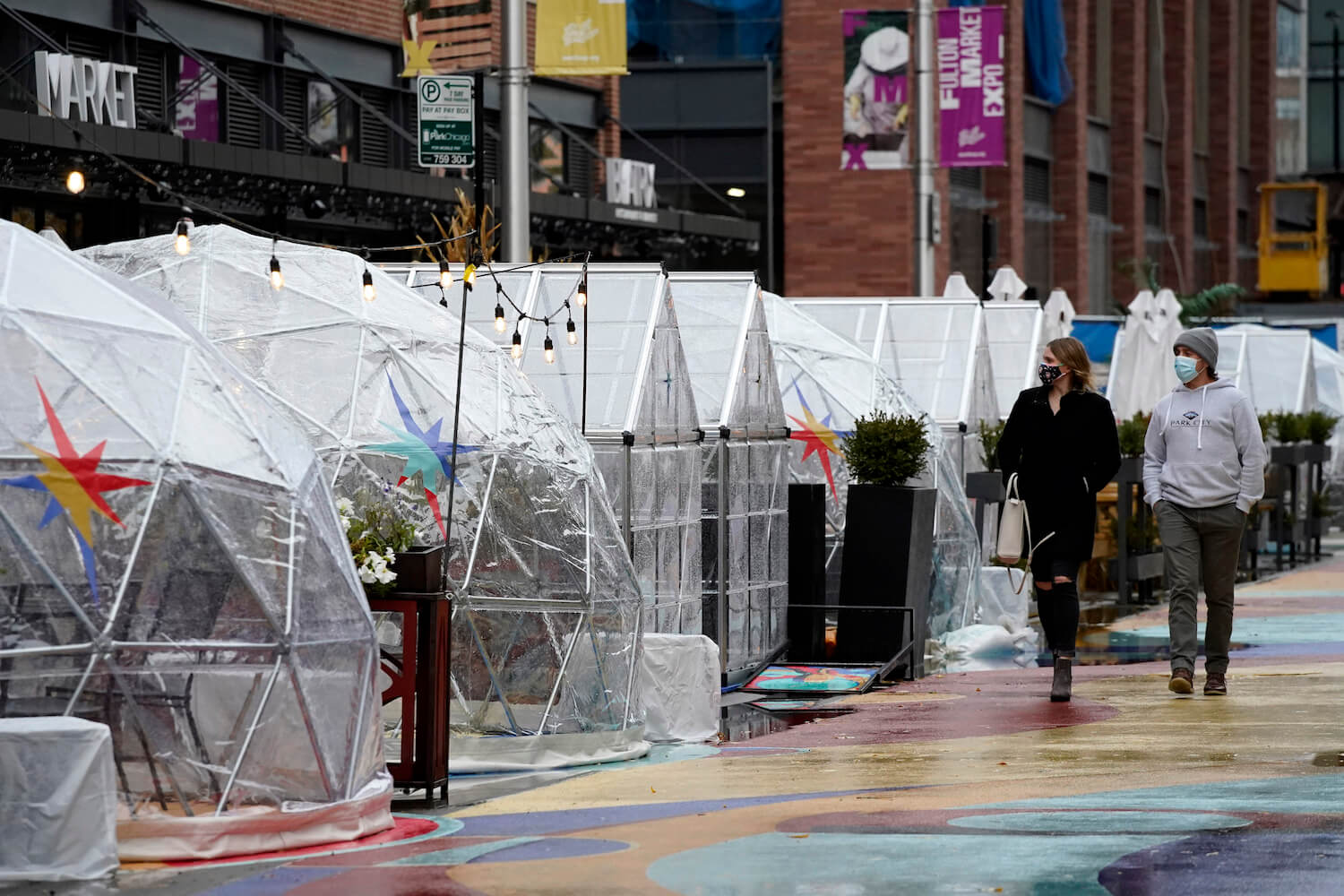
AP Photo/Nam Y. Huh
U.S. cities have kicked their businesses to the curb, transforming everyday walkways into hot real estate. That’s raising new concerns about the rapid commercialization of public space.
At first glance, New York City’s 318-page Street Design Manual (SDM), which is published by the city’s Department of Transportation and is currently in its third edition, might seem like bureaucratic inside baseball. Want to know about the porous asphalt used in New York City’s roadways? Or the geometry of a two-way bike lane? If you answered, “Hm, not really,” you would be forgiven for thinking this piece of civic literature is intended for someone else.
Above: So-called “urban igloos,” used by restaurants to make outdoor dining more feasible in cold weather, crowd a pedestrian mall in Chicago, Illinois.
But as Covid-19 sweeps through our cities, the field of street design and policy feels newly relevant—especially in the realm of the sidewalk. With restaurants pivoting to outdoor dining, takeout orders skyrocketing, and home grocery delivery a new normal for millions of Americans, sidewalks and curbs have become increasingly unruly urban spaces. Delivery drivers, diners, waitstaff, pedestrians, cyclists, and even automated robotic vehicles are now all vying for the same precious curb space, meaning that it’s no longer necessary to be an urban mobility wonk to care about street design. For our cities’ civilians, it’s become a new imperative.
“Demand for street space in New York City will always outstrip supply,” explains the SDM, which lays out a range of highly specific sidewalk usage guidelines, from the hexagonal asphalt paver used on sidewalks adjacent to parks, to the recommended curb height for bus boarding islands. But the Covid-19 crisis has only heightened that tension, as intensely competing interests place added stress on already bustling streets and public walkways.
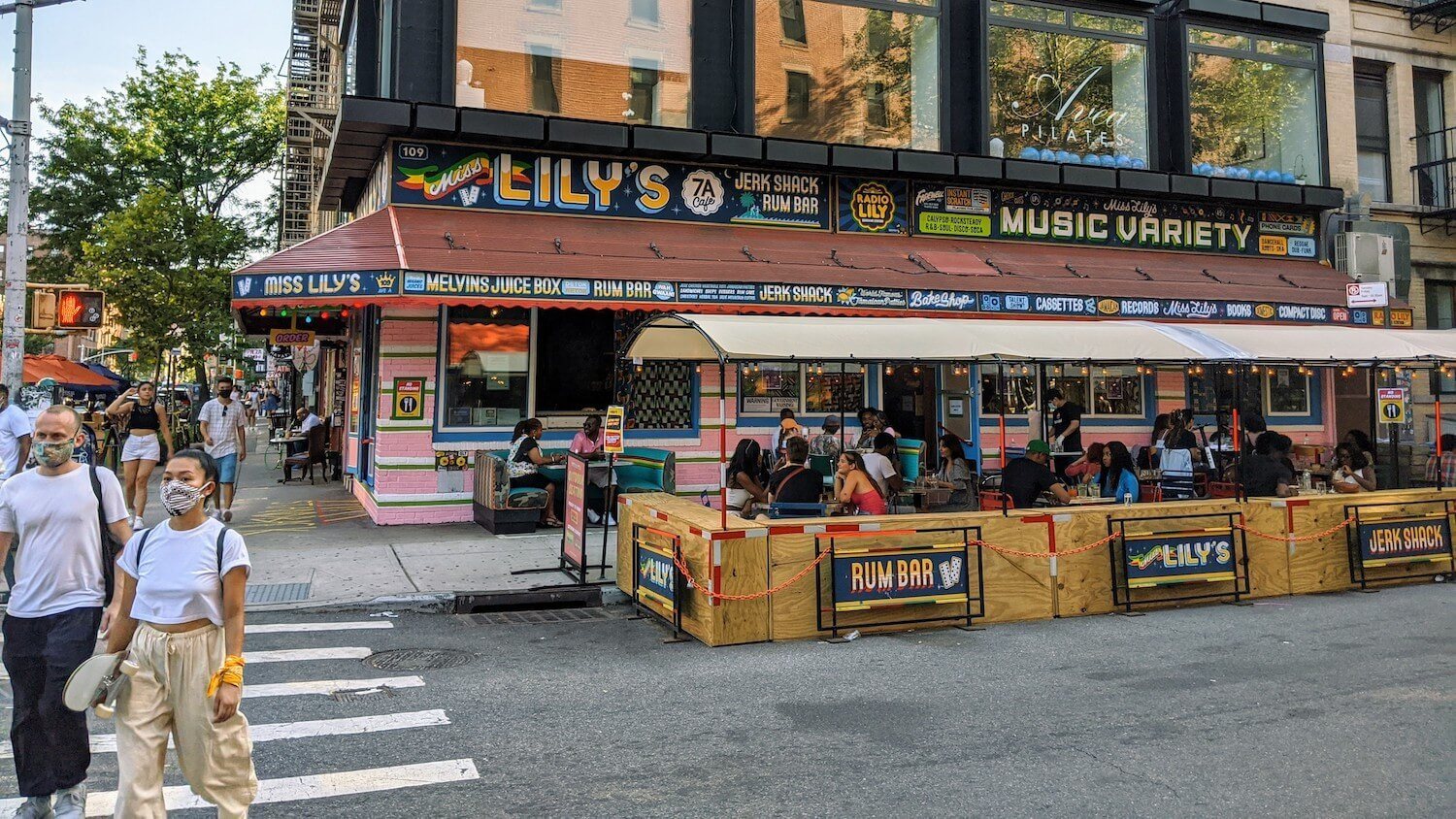
Delivery drivers, diners, waitstaff, pedestrians, cyclists, even automated vehicles are all vying for the same precious curb space—suddenly in even shorter supply thanks to the Covid-19 pandemic.
At the end of October, a group of 52 representatives from the restaurant, tech, and urban planning industries got together to work through some of the thorniest issues in the sidewalk space. Cheekily named Curbivore, the virtual conference consisted of two days worth of conversations centered on the renewed hunger for curb square footage in cities across the country.
“In American cities, we already don’t have that much public space,” said Jonah Bliss, one of a handful of co-founders of the Curbivore conference, in remarks that opened the day’s events. “And everything in any American city involves curb usage.”
Bliss had decided to organize the event, as he told me by phone later, because restaurant people, tech people, and city people were all operating within their own silos and none of them were talking to each other. The result has been an improvised patchwork of emergency solutions to an unprecedented pandemic, mostly devised with necessarily rushed coordination and communication. But could open conversations among competitors about their varying interests result in some consensus? Was it too late to slow down progress—and have disparate groups work together—in favor of a more orderly and equitable sidewalk?
“Fundamentally, we don’t want to change or harm urban design and the way that people experience the street, especially in LA, where it’s already so hard to be a pedestrian.”
“I think we’re only at the beginning of this massive transformation of urban life that was already underway when Covid hit,” explained John Rossant, chairman of the NewCities Foundation, a nonprofit dedicated to improving quality of life in cities. “But Covid has sped things up in certain ways.” That change has often come with confrontation. When E-scooter share companies like Bird and Lime set up shop in cities like Los Angeles a few years back, they did so without any regulatory framework, Rossant said, and in turn, cities were slow to respond when they became a public menace. (The best of the scooters’ failures, both human and scooter-related, are being cataloged on the Instagram account @birdgraveyard.)
Now, in pushback against the startup-ification of our cities, city officials are beginning to play a more active role in monitoring how and when new technology is allowed to take over urban centers. While companies are eager to sell products and services that address the challenges of life in a pandemic, not every shiny development is fair game anymore. More conscientious considerations have to be made, even with the added pressures from Covid-19.
That tension is especially fraught in the domain of the delivery robot. Two startups developing automated courier bots for last-mile delivery, Refraction AI and Tortoise, were on hand at Curbivore to make the case for their technology to those streaming the conference from home. But in conversation with Julia Thayne-Demordaunt, head of Mobility Innovation at Los Angeles mayor Eric Garcetti’s office, their pitches fell flat. Would Los Angeles be willing to accept robots delivering food and goods to its residents if it meant more efficient mobility, restaurant survival, and consumer satisfaction? Not without a great deal of regulation.
“Restaurants have to adapt, or otherwise they die.”
“How many bots do you have in the fleet? When and where are they going and how are they allowed to operate?” Thayne-Demordaunt said, listing some of the questions she’d ask. “Fundamentally, we don’t want to change or harm urban design and the way that people experience the street, especially in LA, where it’s already so hard to be a pedestrian.”
The companies, in other words, needed to think more critically about the potential problems their “solutions” might create—especially when it comes to the rights of everyday pedestrians. This raises concern for policy makers, Thayne-Demordaunt explained, who are facing an increasing push to privatize public space. “I don’t think we’re ready or willing to jeopardize that,” she said, insisting that L.A.’s transportation hierarchy places people at the top and “goes down from there.”
Johnson-Roberson, one of the robotics founders, presented his counterpoint: “Restaurants have to adapt, or otherwise they die.”
Of course, one way that restaurants have chosen to adapt during the pandemic is through robust outdoor dining setups, some occupying parking spaces in front of their businesses and others building dome-like structures to protect diners from the elements. For many, these developments have been positive, but the larger picture is not so simple: This colonizing of the sidewalk has been a huge disruption for people with disabilities, as The Counter’s Sam Bloch has reported. As commerce moves to the curb, folks in wheelchairs or with vision impairments are struggling to feel welcome in what were already difficult-to-navigate public spaces.
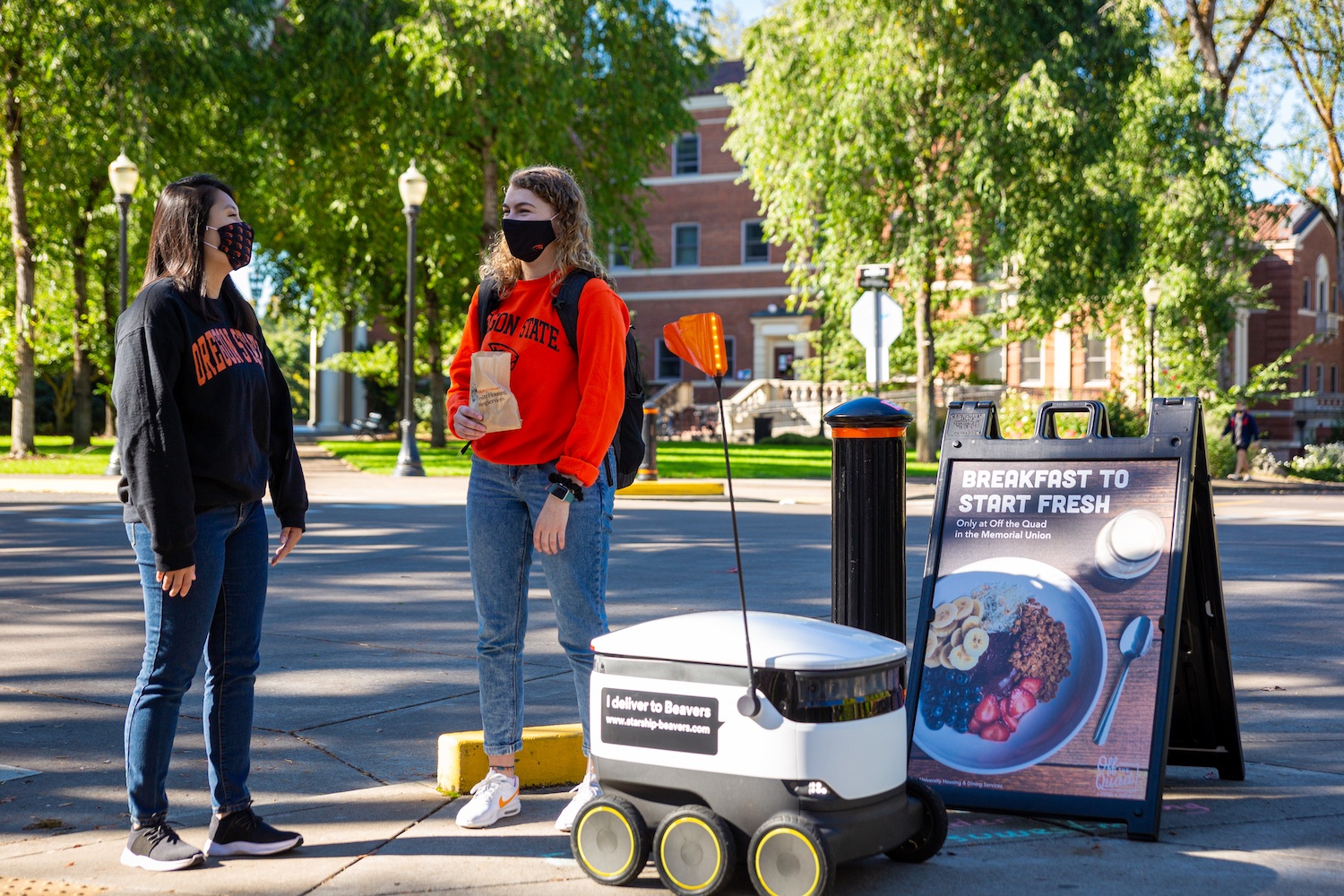
While delivery robots present a Covid-19-friendly alternative, they may pose a significant accessibility challenge for disabled individuals.
Flickr / Oregon State University“Sidewalks have become impassable,” Gregg Beratan, director of advocacy for the Center for Disability Rights, said by phone. “Even before Covid, we’ve seen sidewalk space get sacrificed for the use of non-disabled people over disabled people. There was the growing scooter industry with people leaving scooters all over the sidewalk. We’ve seen it in localities where they’ve refused to clear sidewalks of snow.” Now, with the arrival of Covid making sidewalk space such a hot ticket item, Beratan said, what was already a bad problem has become much, much worse. “Disabled people’s access is often an afterthought.”
The Center for Disability Rights works with local officials to make sure that businesses and private properties are compliant with the Americans with Disabilities Act, but Beratan said this tactic during the stresses of Covid has been “hit or miss.” He said he’s seen “pictures of restaurants that set up their outdoor dining in disabled accessible parking spots,” and disability activists have spoken out about curb ramps now becoming inaccessible because they’re crowded with tables. Meanwhile, a new swarm of delivery robots could create significant accessibility issues for disabled individuals. In Pittsburgh, a delivery robot blocked the path of a woman in a wheelchair when it didn’t “recognize” the pedestrian coming its way. It left her sitting in the street as the light turned green before she was able to squeeze past the frozen robot onto the sidewalk.
“It shows who they prioritize,” Beratan said. “Businesses have a responsibility to be compliant. The ADA is not a new law. It’s thirty years old. To act as if they’ve just discovered it is disingenuous at best.”
Then, there is the question of ownership. Though sidewalks belong to everyone, they can seem, conversely, to belong to no one—as though they’re everyone’s to use, but no one’s to care for. “Most of us take sidewalks for granted,” write Anastasia Loukaitou-Sideris and Renia Ehrenfeucht in their monograph Sidewalks: Conflict and Negotiation Over Public Space. “Sidewalks are simultaneously public and parochial—open to all and yet a space over which a group feels ownership.” When our sidewalks become neglected or noncompliant or unfriendly to pedestrians, who is responsible for maintaining them in this era of heavy use?
“When it comes to public policy, racial inequity weaves across all these issues. Your local city planning department in your black neighborhoods? Those planners have barely visited those neighborhoods.”
In most cases and in most cities, there is a simple legal answer: The responsibility falls to the owner of the property adjacent to the sidewalk. If the sidewalk is crumbling or if tree roots have broken through to the pavement, it’s the property owner’s responsibility to fix it. “Sidewalks are closely associated with abutting buildings, and the way that they are perceived and used affects the tenants and users of these buildings,” Loukaitou-Sideris and Renia Ehrenfeucht write.
But that doesn’t capture the broader picture: Not all sidewalks are created—or maintained—equally. In several panels over the course of the two-day conference, speakers frequently mentioned the fact that outdoor dining or curbside pickup strategies depend on workable sidewalks. “There are lots of curbs in low income neighborhoods that are literally crumbling,” one panelist emphasized.
Tafarai Bayne, chief strategist at CicLAvia, a nonprofit that organizes car-free street events in LA, told me that it’s easy to imagine a thriving street dining culture in places where infrastructure is cared for and prized by its city planners. But that vision often extends only to select locations.
“When it comes to public policy, racial inequity weaves across all these issues. Your local city planning department in your black neighborhoods? Those planners have barely visited those neighborhoods,” Bayne said. There aren’t curb cuts for strollers, and sidewalks can be in disrepair. Instead of celebrating the neighborhoods and businesses who have the money to fix any sidewalk problems, Bayne suggests that cities should invest in areas that have been neglected.
Though sidewalks belong to everyone, they can seem, conversely, to belong to no one.
“We can be mindful and serve those who are impacted most first, then go backwards from there,” he said.
That responsibility perhaps shouldn’t fall only to the cities. If grocery stores, restaurants, and tech companies want to bring curbside pickup, delivery apps, and robotics to lower-income neighborhoods, they are putting additional demands on curbs and sidewalks. They might also find meaningful ways to help improve the shared spaces they use to generate profit. San Francisco, for instance, collects fees from companies that want to use its streets to test autonomous robots—money that, in theory, could be used to help improve the city’s infrastructure.
The competition for the curb and the sidewalk will only get worse, not better, over the coming months as cold-weather cities are forced to wrangle with whether outdoor dining is even worth keeping up. “I wish that we had all been able to say, ‘Eureka! This is the perfect solution, problem solved,’” Bliss said about the coming cold season. “I do think it’s manageable, though, if not solvable.” Those “urban igloos” that you’ve probably seen shared on social media by now cost in the range of $1,000 to $1,200 a piece—how restaurants that are barely able to survive already will do so during the winter is a big question for everyone.
For what it’s worth, New York’s street design manual, despite its thoroughness, is also aware of its limited ability to predict the future of our sidewalks right now. The manual was published in the beginning of this year, but with one big caveat blaring across its homepage: “This edition was finalized before the state of emergency due to COVID-19,” a special notice reads. “As city processes adapt in response to the crisis, they may temporarily differ from the guidance provided here.” No amount of street design guidance could have prepared even the most devoted urban planners for 2020.
“These changes can be scary but they can ultimately birth the next wave in restaurants.”
Bayne’s hope is that we are able to approach sidewalks with more intersectionality going forward. “There are a lot of different players and you have to ensure that you’re being inclusive,” Bayne said. “Street vendors, homeless folks, people who have disabilities. Creating an ecosystem that supports everybody is our challenge right now.”
In Bliss’s long-term vision, an equitable sidewalk means prioritizing widespread equity for pedestrians over everything else. “I’m very pro-pedestrian, pro-human, pro-average-citizen,” he said. “In my ideal view, you take all or half of the street parking in front of businesses into parklets.” It could be as simple as picnic tables and a few planters, he said. “This table may be in front of Sal’s Pizza, but it’s common space.” Even if you aren’t eating at those tables, Bliss said, there’s no reason that you shouldn’t be able to sit there, the same way that if you park in front of Sal’s, you don’t have to eat there.
This communal vision may feel out of reach right now with all the weight of the Covid era bearing down on the restaurant industry. But crazier things have happened, Bliss said. “There are going to be a lot of changes, many of which we’ve already begun to see,” he said. “These changes can be scary but they can ultimately birth the next wave in restaurants.”
So how do we make sure that these changes enable more human-focused, equitable cities?
“We just have to keep that frenetic energy alive.”

